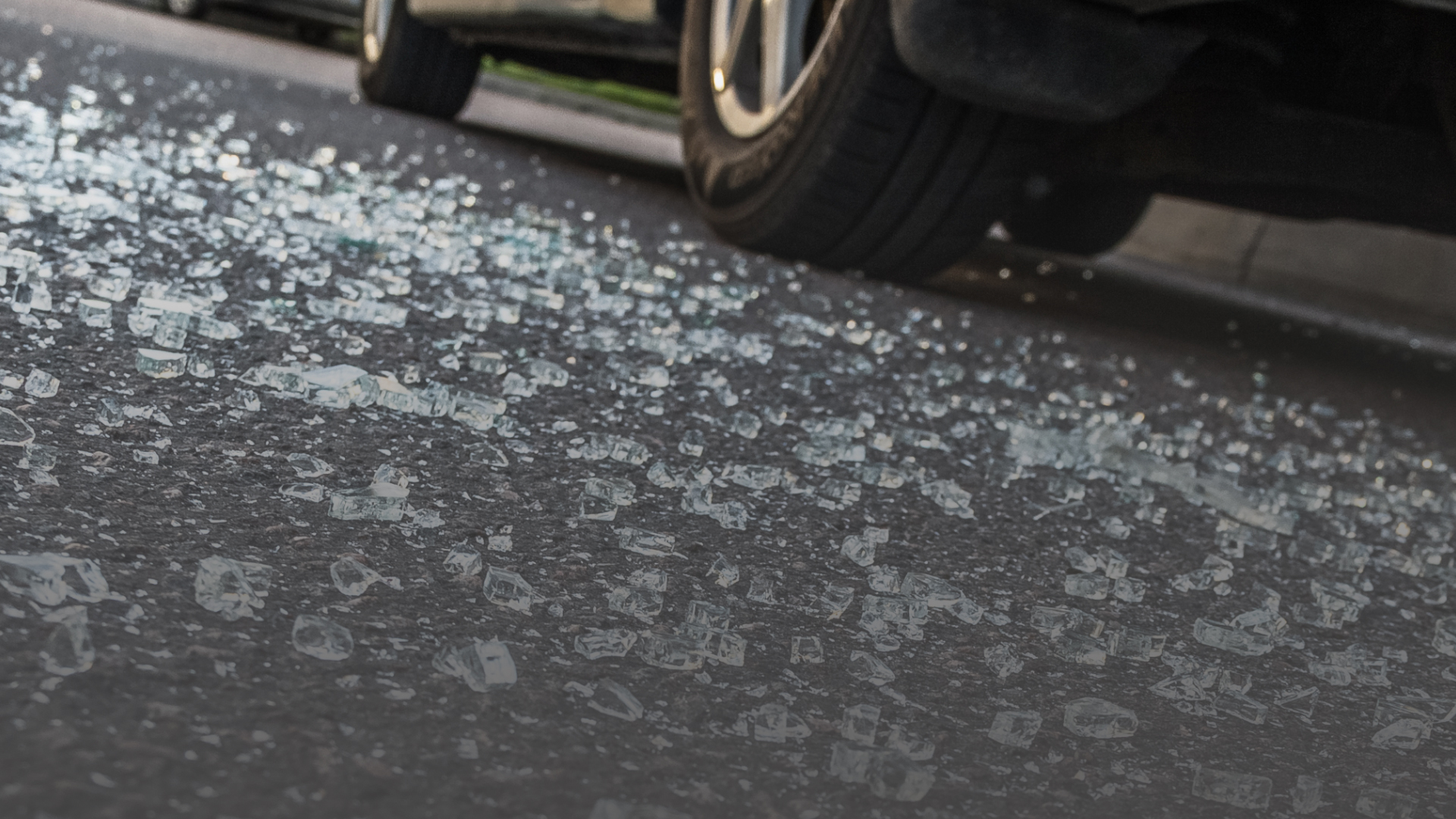

Forensic Glass Analysis
Why Glass Analysis is so Important for Forensics?
Forensic glass analysis involves comparison of glass fragments found at crime scenes or other locations to determine if they have a common origin. Reliable comparative data that may be used as evidence depends on precise and accurate compositional characterization.
Characterization and Positive Identification of Glass in Forensics with micro-XRF
Glass is used in a wide range of applications, and so is produced in many different forms and compositions. Glass that is broken during commission of a crime may be left at the crime scene, or even transferred to other objects or clothing. Glass analysis enables forensic scientists and law enforcement to link glass fragments retrieved during an investigation to suspects, or discount lines of evidence from further inquiries. Microanalytical techniques such as micro-XRF (µXRF) and scanning electron microscopy enable rapid and non-invasive elemental characterization of glass.
Bruker's M4 TORNADO table-top micro-XRF spectrometer enables rapid compositional analysis of minimally prepared samples. This non-destructive technique enables full characterization of the element range targeted in forensic glass analysis, with compositional mapping at micrometer spatial resolutions. Glass shard analysis can be carried out purely qualitatively for pre-screening, fully quantitative, or applying semi-quantitative methods according to the ASTM E2926 norm for forensic glass analysis with micro-XRF.
In the examples presented here, glass shards of different sizes and compositions have been mapped using the M4 TORNADO. The map shows that a reliable classification of glass and calculation of the different elemental ratios, here reflected in different colors in the X-ray map, is possible for fragments well below 1 mm in size.
Results of rapid analysis of multiple samples of small glass shards, placed on carbon adhesive tape on sample stubs. Data for multiple samples may be analyzed in a single elemental map, with data mined to produce quantitative and element ratios. Upper row: visible light image; Lower row: µXRF element map.
Other Bruker Solutions for Criminal Forensic Analysis
Portable XRF
Bruker's TITAN and CTX XRF solutions for elemental analysis from Mg to U of solids and liquids in a fully mobile format. Used for rapid for identification of materials, or for fully quantitative compositional analysis.
TXRF
The field transportable S2 PICOFOX and lab-based S4 T-STAR total reflection XRF spectrometers for elemental analysis of liquids and solids down to sub-ppb detection limits without the need for complex lab infrastructure.
FT-IR and Raman spectroscopy
We offer a selection of compact and powerful spectrometers for on-site and laboratory analysis, providing fast and reliable chemical analysis of evidence.
FT-IR and Raman microscopy
asd For micro chemical analysis we offer a comprehensive portfolio of Raman and Infrared microscopes that are perfectly suited to analyze smallest traces as well as brittle or sensitive evidence